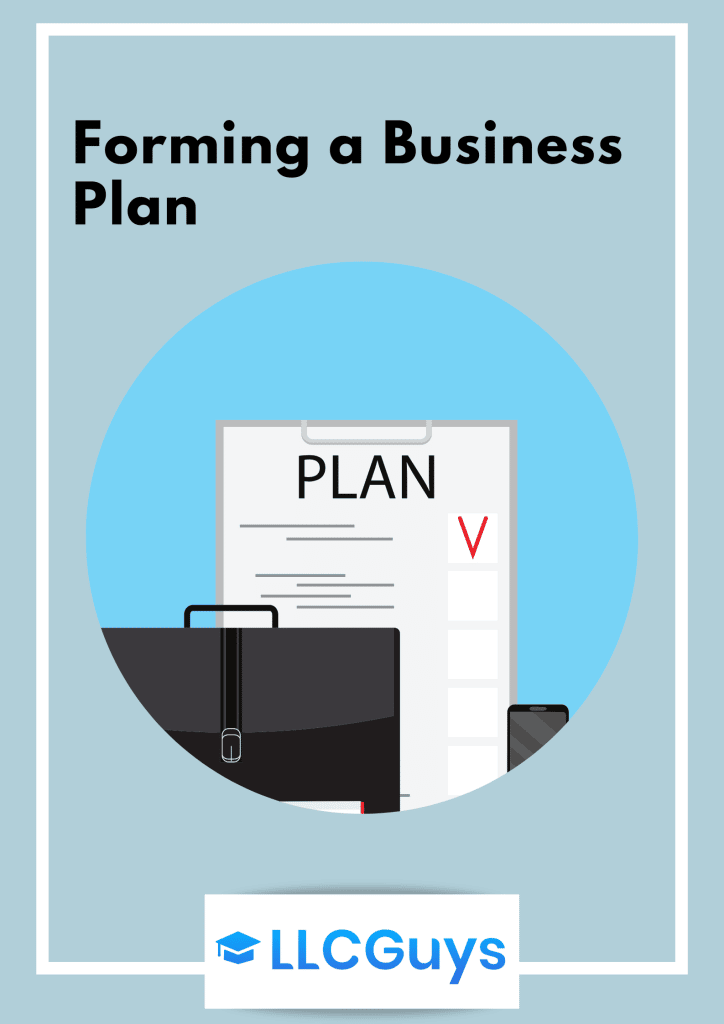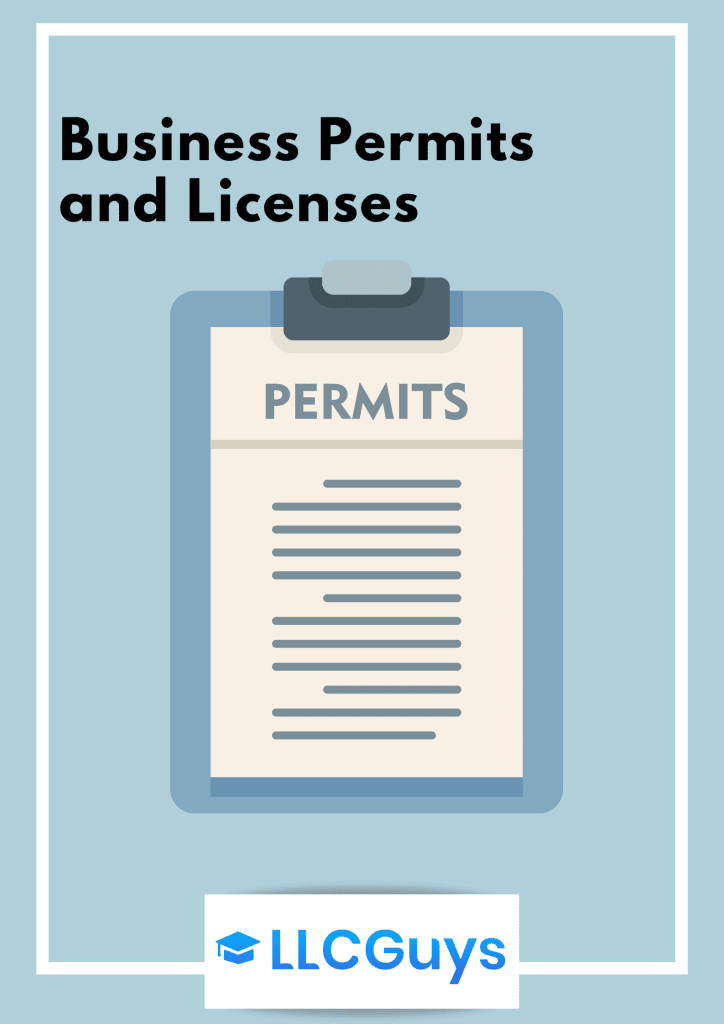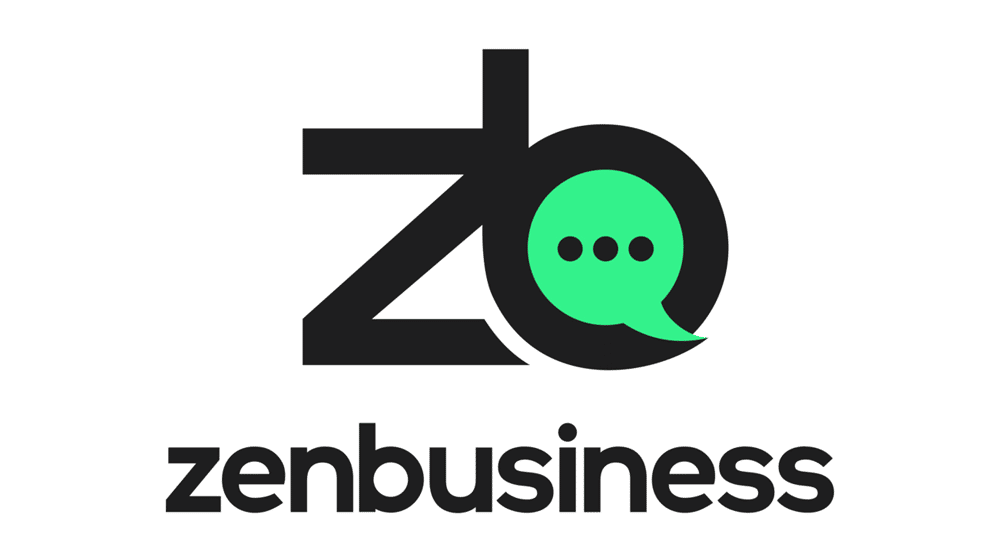How to Start a Pharmacy Business? (Step-by-Step Guide)
Hire Professionals to Start an LLC for Your Pharmacy (from $0 + state fees)

Developing a pharmacy from the ground up can be overwhelming, particularly when the marketplace is so competitive. Pharmacists must go to great lengths to make their business stand out and sustain its growth in order to succeed.
Crafting a successful pharmacy requires a well-thought-out business plan and identity. Allow us to guide you through the journey of forming a solid business plan for your very own pharmacy, from creating your blueprint to finally opening its doors! Our comprehensive manual walks you step by step in starting up your dream.
As for any business, you will also need an LLC for your pharmacy business. You can create one yourself easily by following our step-by-step guide on how to start an LLC.
If you want to skip the hassle of starting an LLC for a pharmacy business yourself, consider using professional help for the best price in the market:
- Northwest Registered Agent ($39+state fees) (best support)
- ZenBusiness ($0+state fees) (best price)
- Hire Professionals to Start an LLC for Your Pharmacy (from $0 + state fees)
- Pros and Cons of Starting Your Own Pharmacy Business
- Key Segments of the Pharmacy Industry
- External Factors that Affect the Pharmacy Market
- Who are the Key Competitors in the Pharmacy Market?
- What are the Key Customer Segments in the Pharmacy Market?
- Startup Costs for a New Pharmacy
- How to Start A Pharmacy (A 7-Step Basic Guide)
- Get Professional Help in Forming an LLC for Your Pharmacy Business
- FAQs
Pros and Cons of Starting Your Own Pharmacy Business
Here are some pros and cons that everyone should go through before starting their own Pharmacy Business.
Pros
Starting your own pharmacy business has many advantages.
Cons
Starting your own pharmacy business involves a lot of hard work and dedication but it also carries certain risks.
All these cons should be thoughtfully considered before making a final decision towards launching a new pharmacy venture.
Key Segments of the Pharmacy Industry
The pharmacy and drugstore industry is divided into four distinct segments: Large-Chain Retailers, Independent Pharmacies, Wholesalers, and Others. Each of these categories provides an essential role to the overall pharmaceutical market.
External Factors that Affect the Pharmacy Market
The pharmacy and drugstore industries are highly influenced by a variety of external factors.
Who are the Key Competitors in the Pharmacy Market?
Pharmacies are a crucial part of the healthcare industry, competing with other retailers for customers. Direct competitors include stores with similar product lines such as discount and convenience stores. Additionally, pharmacists are also in competition with hospitals, clinics, and their own office practices for patients’ services. For example, an independent pharmacist may run their practice where they personally consult clients seeking medical advice or treatment solutions.
What are the Key Customer Segments in the Pharmacy Market?
Pharmacies have identified three main customer segments for their services:
- Seniors who desire discounts on prescriptions and other goods
- Middle-class consumers looking to access the pharmacy without spending too much time or money
- Elite/upper-class customers expecting private delivery service.
With so many customer groups that need medication, you have a wide range of opportunities to appeal to their unique needs. By honing in on what each target market desires, you can re-adjust your services accordingly and stand out from the competition. When done effectively, this not only brings more loyal customers in through the door but keeps them coming back too!
Startup Costs for a New Pharmacy
The average startup costs for any venture typically range from $400,000 to a staggering $800,000.
If you’re looking to start your own pharmacy business, there are several costs that need to be accounted for; from rent and inventory expenses to staff salaries. It’s essential for potential business owners of a new pharmacy venture to properly plan out the amount needed for initial setup as well as how these payments will be made.
Starting a pharmacy can be pricey, ranging in cost depending on what type of inventory must be acquired and if the facility needs to arise from nothing or is already established. Although opening up shop within an existing building may need less money at first, obtaining all relevant permits and licenses could take more time than necessary when compared with an operational location.
When starting your own pharmacy, it is important to factor in the additional costs associated with getting off the ground. Alongside rent, utilities and medication fees, there are a few key expenses you should be aware of:
- Location Rent
- Licenses and Permits
- Prescription Drug Inventory
- Over-the-Counter (OTC) Medications
- Business Insurance
- Leasehold Improvements
- Equipment & Furniture Costs
- Staffing Costs
How to Start A Pharmacy (A 7-Step Basic Guide)
Here is a step-by-step guide on how you can start your own Pharmacy. Let’s Begin!
Step 1: Create a Business Plan

Before digging into the nitty-gritty behind launching a business bank account for your pharmacy, it’s essential to take a step back and look at the big picture. A business plan serves as an invaluable guide for your new venture, outlining vital information while providing you with helpful tips on how to expand in the future. Utilizing this blueprint is imperative if you want success!
How to Start a Pharmacy Business Plan
Crafting a successful business plan for a pharmacy requires including the following elements:
Executive Summary
Provide potential investors with an easily navigable, high-level synopsis of the most significant takeaways on a single page to give them all the information they need quickly.
Description of Business
Here’s the scoop on your new pharmacy owners’ venture:
- From market and branding to target demographics,
- Location details,
- Likely team members and positions they’ll fill,
- Plus a rundown of potential costs.
Get ready – it’s time to dive in!
Description of Service(s)
What services do you dream of providing to your customers? This area outlines the potential revenue sources for your pharmacy, including prescription drugs, retail products, and unique healthcare solutions.
Marketing Plan
To secure success and outperform the competition, you must have an analytical understanding of your competitors in addition to a well-thought out plan for promoting yourself. Your business strategy should include a comprehensive competitor analysis, innovative marketing and sales strategies, as well as SWOT analysis which will help assess the strengths and weaknesses of your business.
Financial Plan
Outputting expected revenue, expenditures and considerable costs such as lease timelines, mortgage payments and approximate payroll should be noted here. In addition to that, any financial information in the form of a loan or other type of financing must also be included along with an exit strategy plan if applicable. To get you going smoothly on your business planning needs for a successful pharmacy owner or venture, this article provides a comprehensive example broken down into detailed sections.
Step 2: Define Your Pharmacy Brand

Your brand is your business’s identity and it sets the tone for how customers will experience you, interact with you, and use your offerings. It leaves a lasting impression in their minds that helps differentiate you from competitors.
What Makes a Good Brand?
Many consider a brand to be only the visuals, such as logos and color schemes that are displayed on websites or business cards. However, there is much more than meets the eye when it comes to branding.
Several key elements go into creating an effective brand strategy, including:
Mission and Vision Statements
Your mission statement outlines your organization’s purpose and fundamental principles, showcasing what you do, how you do it and why.
Additionally, your vision declaration articulates the long-term objectives that will be accomplished in order to realize this mission. By utilizing these two powerful documents together as a compass for actionable decisions, companies can set forth on a successful path towards realizing their goals.
Value Proposition
To set yourself apart in the industry, you must discover what makes your business special and communicate it through a compelling value proposition. These could range from being located in an exclusive area (“the only pharmacy around”) to having family ownership (“family-owned pharmacy”), offering competitive costs, providing top-tier customer service, or even delivering specific services.
Naming and Trademarking
Naming a business is not an easy task, and you want something that will be memorable as well as accurately reflect your brand. If you opt for something creative or are determined to make sure it’s entirely yours and no one else can use it, applying for trademark protection could be the solution. This way, all of your hard work in crafting the perfect name won’t go wasted!
Visual Identity
Your brand’s face is its visual identity, encompassing a logo, color palette, typography, images and graphics – all of which are crucial for successful marketing and promotion.
Step 3: Set up Your Website

You’ve established your brand, now let’s get it out into the world. For successful pharmacists everywhere, having a website and social media accounts is essential for helping potential patients find vital information such as services offered and location. Create an online presence today to increase visibility and kickstart your business!
Getting Your Domain and Social Handles
Unlocking the gates to a successful pharmacy website begins with procuring your preferred domain name. Verify that it is accessible by entering it into one of many domain search platforms, like Instant Domain Search so you can embark on the journey to create an amazing online presence.
Social media accounts can do wonders for your ranking in search engines and attract more visitors to your website. If you want the best results, create profiles on Twitter, Instagram, and a Facebook Business Page with user names that are similar to the name of your business.
Pharmacy Website Basics
If you’re considering providing digital tools and services or collecting patient health information, then it’s essential that your pharmacy website is HIPAA-compliant.
A successful pharmacy site should express your brand identity, physical location, & contact info as well as an introduction to products/services/staff – all connected to social media accounts for additional customer outreach.
Step 4: Pick a Pharmacy Location

Before you dive into the search for a pharmacy location, take time to ask yourself key questions about pharmacy ownership in your area of choice.
- How many other stores offer similar services and are they direct competitors?
- Does the prescription base satisfy everyone’s needs?
- Will there be too much competition?
Evaluating local pharmacies and their offerings can assist in narrowing down potential opportunities for other business owners as well as assessing any possible threats.
What Makes a Good Business Site
If you’ve ever heard a real estate professional utter the phrase “location, location, location,” then you know that selecting the ideal spot for any business is key. To help make sure your pharmacy ends up in a prime position, here are some of the factors to ponder as part of your search process:
Accessibility
When considering a new site for your business, it’s essential to ponder the amount of foot and vehicle traffic, visibility from roadsides, convenience of parking lots, points of entry and exit – not forgetting if there is enough space for drive-thru services or even curbside pickups.
Size
Is there enough space to conduct business and achieve growth? Take into account the number of locations you wish for, as well as the services, products, and personnel required to stay afloat.
Previous tenants
If there are other pharmacies occupying the same space, it’s wise to research why they decided to cease operations. This could be a sign of an abundant customer base or a red flag you should take into account before establishing your own pharmacy in that area.
Other business sources
When selecting a site for your business, be sure to investigate locations close to other complementary services such as medical offices or clinics. This will ensure increased exposure to potential customers, and perhaps create possibilities of forming beneficial partnerships down the line.
Step 5: Determine Your Financials
Prepare a comprehensive business plan that includes an estimate of your pharmacy’s startup and operational expenses, as well as the sources of financing you intend to seek. Establishing your pharmacy’s financial needs will support you in submitting loan applications or speaking with potential investors.
Consider these associated costs when planning:
Build-out costs
Our services span from mortgage down payments, construction, and renovations to fixtures and interior design.
Inventory
Outfit your store with a comprehensive inventory of both prescription and over-the-counter medications, plus other healthcare or retail items.
Operating expenses
To ensure that your pharmacy has an ample amount of time to generate a profit, make sure you have enough capital set aside to cover daily costs for at least half a year after the doors are open.
Have peace of mind that your funding is securely in place, and track all current and future costs with a pharmacy income statement.
This will help you easily calculate your:
- Revenue,
- Sale deductions,
- Net sales,
- Cost of Goods Sold (COGS),
- Gross profit,
- Net Profit,
- Profit Margins,
- Operating expenses,
Making financial forecasting a breeze.
Step 6: Get Your Licenses in Order

Launching a pharmacy can be an exciting and complex process, with paperwork for registration as legal business entity as well as federal and state licensing requirements that must be satisfied. Get the ball rolling by filing your business entity in your state, obtaining your EIN number from the IRS, and opening up a bank account. Following this initial setup step-by-step will ensure you have fully complied with all necessary regulations so that you may begin operations successfully!
In order to practice pharmacy, you must obtain a state-issued license or permit and register for controlled substances.
Additionally, you’ll need:
And if that wasn’t enough paperwork – depending on where your practice is located – you might be required to meet additional state requirements for pharmacists too!
Step 7: Prepare for Opening!

You are nearly ready to launch your business, but before you do, ensure that all of the essential last-minute details are finalized.
Investing in Digital Tools
To ensure successful operations, get off to a strong start by organizing your workflow and giving patients the multichannel digital experience they deserve. Invest in an efficient pharmacy management system (PMS) and utilize an interactive voice response (IVR) solution for inbound calls. Additionally, leverage a powerful digital communications software that enables secure messaging services as well as spot clinical opportunities.
Inventory Ordering
In order to protect yourself from any potential losses, you should seek out wholesalers with whom you can develop long-term relationships. To begin on the right foot, request sample orders of both prescription and OTC medications so that your independent pharmacy business won’t suffer financially while it grows.
Front of Store Flow and Design
Visualize the experience you want your patients to have when they enter your store. Strategically arrange products, personnel, and counters in order to create a pleasant flow of traffic through generous aisle space that leads directly to checkout lines. Your customers will appreciate it, and so will your revenues!
Online and Offline Advertising
To draw in customers, strategically place signage towards high-traffic areas and consider reaching out to local publications for an interview about your new business. Additionally, begin crafting a digital marketing strategy that leverages the power of social media channels and paid advertisements to spark interest around your brand launch and drive visitors directly to you website.
To commemorate your success, treat yourself and your team to a celebration! A party is a perfect way to honor this new milestone in your journey.
Get Professional Help in Forming an LLC for Your Pharmacy Business
It can be difficult and time-consuming to form an LLC all by yourself.
That’s why we decided to give you a few of the best options for professional services that can help you start an LLC in no time & with 0 effort!
#1 – Create an LLC Using Northwest Registered Agent
Northwest has vast experience in creating LLCs and Corporations. They by far have the best support and client satisfaction rate. We’ve used and tested them ourselves and can guarantee that they’ll do an exceptional job for you.
You can read our Northwest Registered Agent review here.
#2 – ZenBusiness Will Help You Form an LLC
ZenBusiness is one of our top-rated LLC services as well. They have a super value-to-price ratio. And it’s perfect for those who are looking for the cheapest option to form their LLCs. When we tested their service — they’ve done a great job, so we can honestly recommend them.
To know more about them — read our full ZenBusiness review here.





